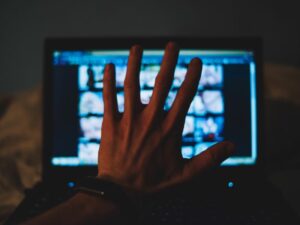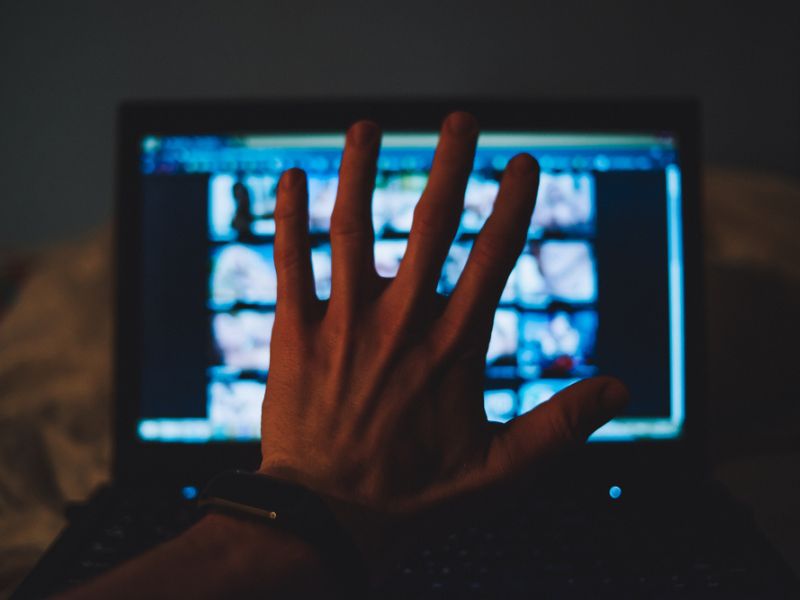In a recent survey, three-quarters of teens report watching pornography online, and more than half report being exposed to it before age 13. Teens and pornography, a report released Tuesday by Common Sense Media, found that 12 is the average age reported for the first time they viewed online pornography.
15% of them said they saw online porn by 10. In a statement to USA TODAY, James Steyer, founder and CEO of Common Sense Media said the survey establishes a critical baseline for investigating teens and pornography exposure. Moreover, he said, parents should discuss pornography when discussing sex, relationships, and birth control. He said, “every parent should have tough conversations with their kids about online safety.”

Image Credit: Shutterstock/Stenko Vlad
Pornography Online: What Is It?
According to its report, online pornography is any nudity or sexual acts seen in videos or pictures on websites and social media apps such as Instagram or TikTok. Genitals and sexual acts are often depicted in pornography.
Online Pornography: How Common Among Teens?
The report says teens are unintentionally exposed to pornographic content online. Almost three-fourths (73%) of those surveyed watched pornography online. The survey found 63% of those who saw pornography accidentally were exposed to it in the past week.
Online Pornography: How Did Teens Feel?
- Most teens who reported watching pornography said they felt “OK” about it (67%). After watching pornography, half (50%) felt guilty or ashamed.
- Most teens (45%) say online pornography helps them learn about sex, compared to fewer (27%) who think it shows it accurately.
- 47% of teens reported learning about sex from a parent, caregiver or trusted adult rather than from pornography.
- More than half (43%) of teens said they had conversations with a trusted adult about pornography, but most who did said their conversations inspired them to explore their sexuality in other ways.

Image Credit: Shutterstock/goffkein.pro
What Laws Protect Minors From Pornography?
Federal law protects children from obscene and harmful Internet content, which makes it illegal to depict minors participating in sexually explicit behavior online. Steyer said online pornography had changed the landscape. Kids now have access to these online spaces in a way they never have before. The platforms themselves must be held responsible for helping keep our kids safe.
